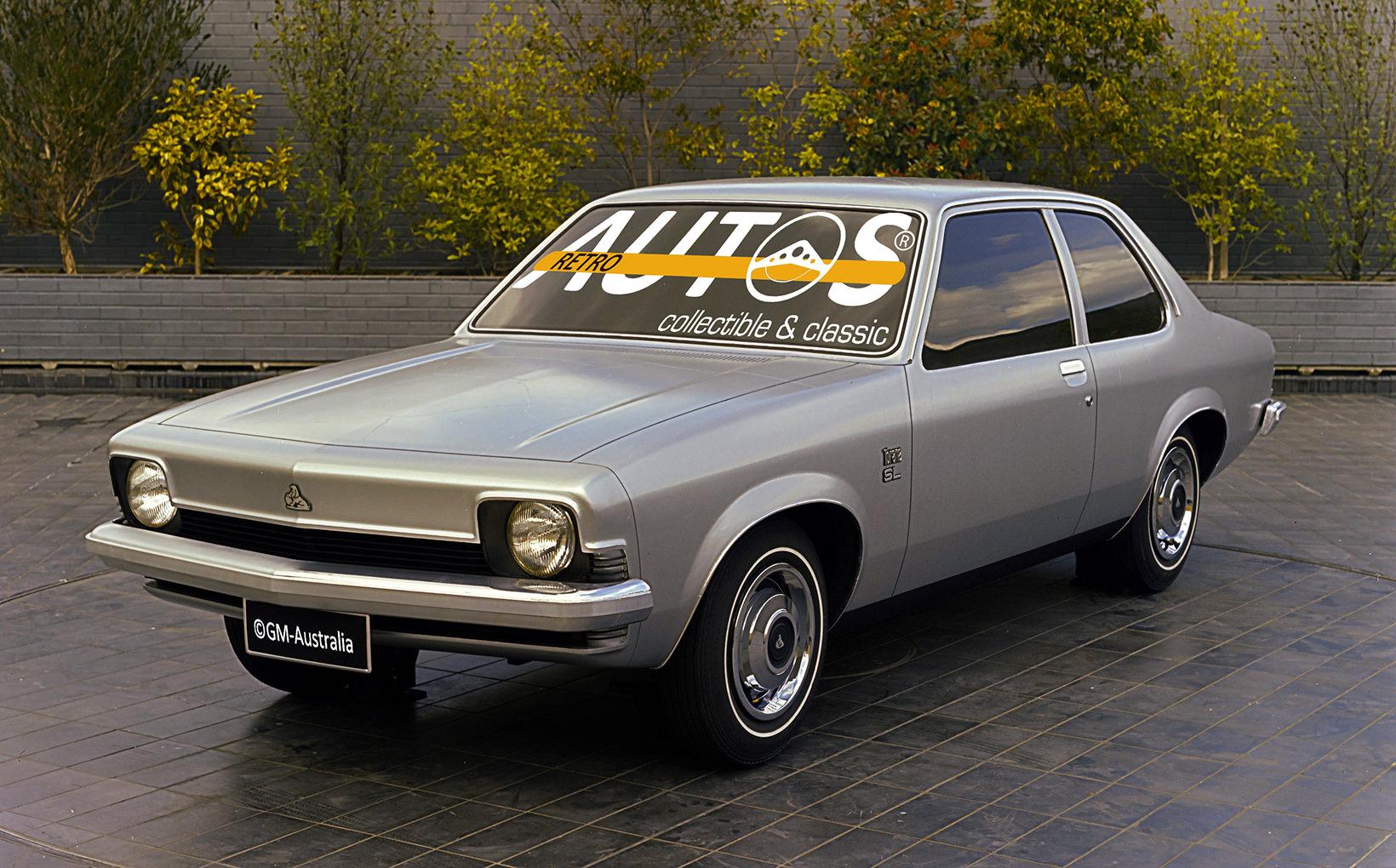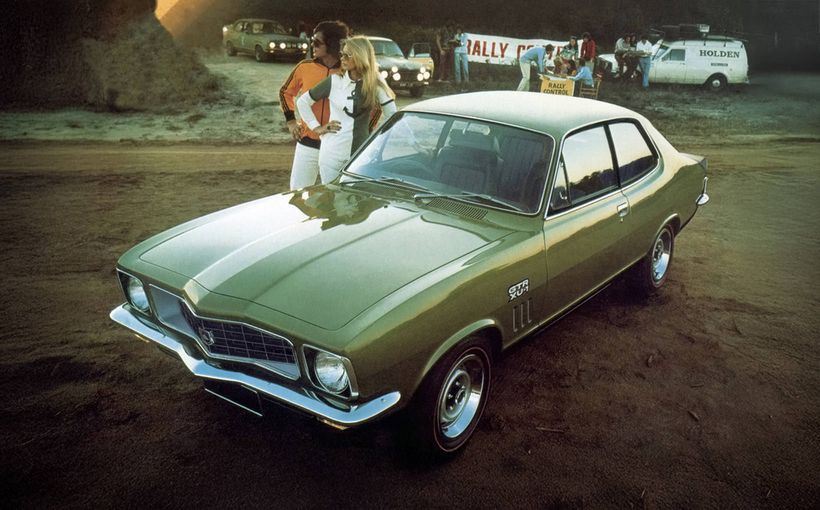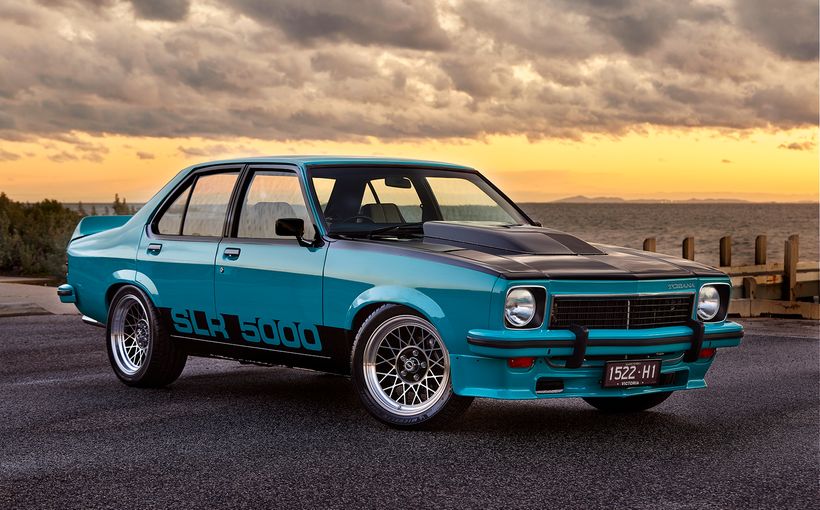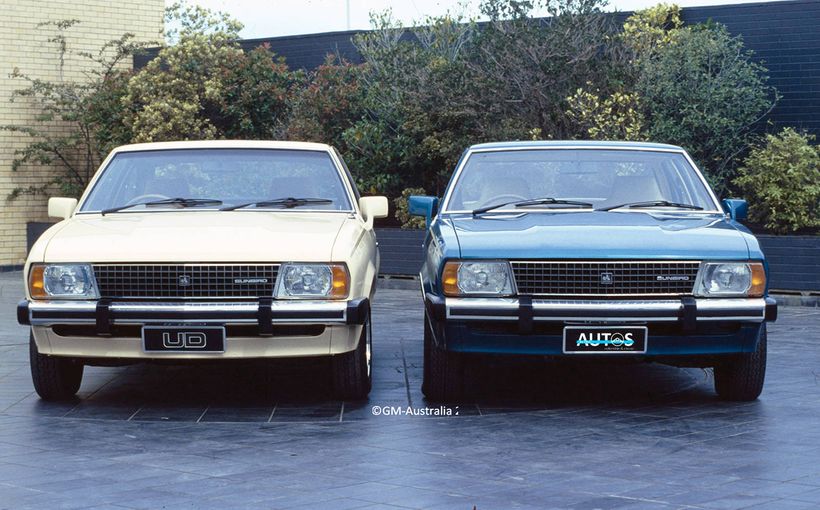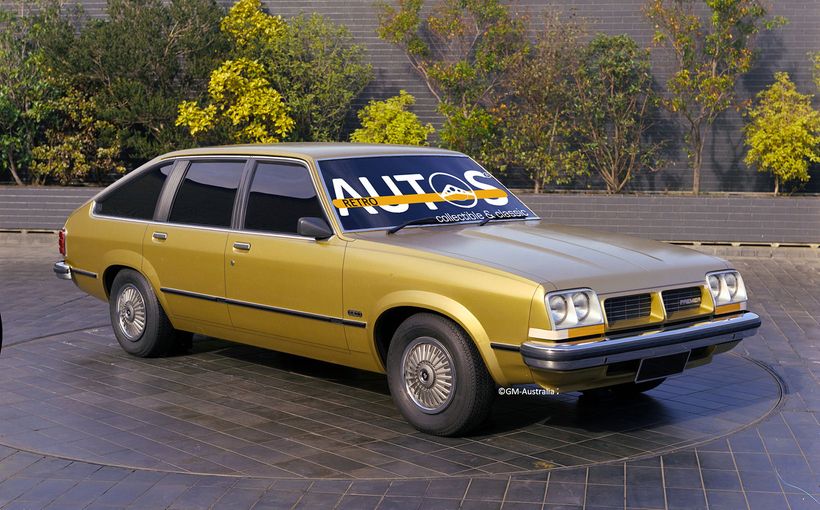LH Torana: Inside Story & Secret Photos from Design to Driveway

Imagine if the 1974 Holden LH Torana had been an up-sized Holden Gemini—GM’s T-car—with no V8?
It could have happened!
Had Holden’s senior executives failed to convince General Motors’ (GM) top decision makers to approve an all-Australian Torana—designed, engineered and built in Australia, by Australians for Australia, with four, six and V8 cylinder engines—the LH we know might never have graced our driveways and race tracks.
But they did.
And now we are celebrating the LH’s 50th anniversary and automotive heritage.


Longer, wider T-car
The LH’s development story starts in January 1970. Back then it was the subject of two separate development programs within GM. The up-sized T-car proposal was championed in the USA as part of the overall T-car program. The all-Australian car was to be based on the LC/LJ model.
The push for the longer, wider T-car originated within General Motors Overseas Operations (GMOO). Vauxhall, Opel and Holden all reported into GMOO, so Holden’s executives had to take notice of what GMOO wanted.
Coded XP949, the T-car program—Opel Kadett, Vauxhall/Chevrolet Chevette, Pontiac T1000, Isuzu and Holden Gemini—was GM’s first real global car and GMOO’s responsibility. There was considerable corporate pressure and reputation on GMOO executives to deliver a winner.

Extensive research into the XP949 by David Booker, founder and editor of the Vauxpedia website, reveals that GMOO’s plan was to stretch the T-car’s wheelbase to 99 inches/2515mm to create a six-cylinder LH. That was one inch/25mm less than the existing LC/LJ six-cylinder Torana. The four-cylinder Torana would be replaced by the T-car.
This arrangement would save Holden considerable development time and money, allow for component sharing and GMOO would be able to provide other GM divisions with versions of this larger T-car. Everyone would be a winner!
Meanwhile, Holden was pursuing another path.

Australian LH: a rebodied LC/LJ

Holden’s initial product planning documents of 1970 reveal the LH was to be no more than a rebodied LC/LJ Torana, with carryover wheelbases: 95.8 inches/2433mm for the four-cylinder model and 100 inches/2540mm for the six-cylinder car. The release was scheduled for October 1973. There was no consideration of a V8.

As with the LC/LJ, the model range would comprise two and four door sedans. Holden’s planning document explained that the LH would be:
“…completely restyled with increased interior dimensions within the same overall package size (of the LC/LJ)…interior dimension improvements will be aimed at increasing Torana’s appeal and share of the growing upper medium market (6 cylinder models) and the lower medium group (4 cylinder models).”

The improved interior roominess would be achieved by an inch/25mm increase in width and:
“Door construction will feature a thin facing design to allow an increase in interior width with little increase in overall package size.”

Another objective was maximum interchange of components and panels to save money. The product planners also wanted to eliminate left hand drive versions, though this decision would later be reversed.

By late 1969 the styling was well advanced, with Phillip Zmood leading the design team. A ute, two door wagon and fastback coupe were considered.

From a design perspective, Holden’s newly arrived assistant design director, Leo Pruneau, was keeping an eye on the XP949 developments. He asked Phillip to go to Opel in Germany, where the initial styling work was being done, to ensure the T-car would be compatible with Australian conditions and regulations. Phillip was also to evaluate if an up-sized T-car was feasible as a Torana.

For Leo, it was the second time he found himself involved with shaping a Torana. Ten years earlier he’d styled the Vauxhall Viva which morphed into Australia’s first Torana. Leo’s and Phillip’s careers are featured in the Shannons Design to Driveway series. There are links at the end of this story.
After visiting Opel, Phillip returned to Australia. During April 1970 he went to GM’s design studios in Detroit, where he created a full-sized clay model of a Torana-based T-car.


No up-sizing for down under
On 1st July 1970, GM’s powerful product review committee met at GM’s design studios to evaluate the T-car. They were also supposed to consider the Torana, but that did not happen. David Booker explains what happened:
“The LH Torana was not included (in the evaluation) although it was photographed on the GM Design terrace on the same day. This is likely because Holden….was already working on their own design and continued involvement in the XP 949 program was probably now gradually being narrowed to an additional model smaller than the Torana.”

By August 1970, GMOO’s zeal for a bigger T-car had dissipated. So, what happened? Behind the scenes, Holden’s senior team had convinced the number crunchers and top executives at GM that they be allowed to create their all-Australian Torana. This reflects the persuasive arguments and brimming confidence of Holden’s managers, supported by technical capabilities, all those years ago. It would mean that Holden had two car lines, the HQ and LH, that were unique to Australia. Neither Opel nor Vauxhall were permitted such an opportunity.
This decision was an enormous vote of confidence in Holden. The photos and design data of the “American” LH were shipped to Melbourne for use in the local design, which continued to be led by Phillip.


While all of this was happening, the idea of the LH being just a rebodied LC/LJ on two wheelbases had been re-visited. It was decided that a common 105 inch/2667mm wheelbase was needed to significantly increase interior space. A V8 engine was also added to the specifications.
GM had no problems approving the V8, but was not keen on the wheelbase. Leo explains why:
“Detroit always considered length and wheelbase together. They looked at our plans and thought that a 105 inch/2667mm wheelbase would make the car too long. Now, we knew it would not be too long, because we would use very short overhangs, but we could not convince them. We ended up being told to use a 101.9 inch/2588mm wheelbase which robbed the design of rear seat room.”
With the engine line up and dimensions settled, the design team now refined and combined ideas.





The styling of the rear of the car, with large horizontal taillights, changed little during the development process. Vertical lights were considered but quickly rejected.

The front-end styling, however, was the subject of much debate. Originally it was to feature the American car’s full width grille, bisected by a chrome bumper bar, and turn indicators which wrapped around into the front fenders.


What the design team proposed, however, could not be easily manufactured, so a revised version of the front end, taken from the never released HV model, was used. I featured the HV in the August 2022 edition of Retroautos®. There’s a link at the end of this story.


The original design of the dashboard was changed, too. Interior designer Ken Follet had crafted a modern, sculptured facia. It had to be scrapped when Holden’s managers reversed the decision to abandon left hand drive markets. Its replacement was a non-descript flat symmetrical facia that could accommodate left and right hand configurations. Ironically, the left-hand drive market did not materialise.

One of the major design changes, influenced by the V8, impacted the two door. From being a plain two-door version of the four door, it transitioned into a sporty semi-fastback coupe with a lower roof line. However, that was not the end of it. Late in the program, Holden’s sales director, John Bagshaw, saw a prototype of the Chevrolet Vega hatchback in the USA. He recognised the sales potential of a Torana hatchback. At his insistence, the coupe was re-engineered and re-styled. This delayed its release until the LX models appeared in 1976.



Another idea that never saw the showroom floor was the Ikara rotary powered hatchback, styled by Phillip. I featured this stunning car in the March 2023 edition of Retroautos®. There’s a link at the end of this story.
Early testing of the LH’s mechanicals and suspension was performed on an LC that had been widened by four inches/101mm. It was registered for road use.

Holden released the LH in March 1974. The T-car Gemini was supposed to appear soon after, however its development had slipped a year behind schedule. This meant the hasty development of the TA Torana as a stop gap. It is a story I told in the December 2023 edition of Retroautos®. There’s a link at the end of this story.
Legacy
The legacy of the LH (and its LX and UC successors) is that it is the second last Holden to be fully conceived, engineered, designed and built in Australia. We were one of the few countries in the world with the skills, ingenuity and confidence to take an idea and make it real in someone’s driveway. The VE Commodore was the last Holden to demonstrate this special capability. The LH also claimed a stellar racing heritage on road and oval tracks.
It was one of the few cars in the world to be specifically built for four, six and V8 engines.

The LH was also Reg Hall’s last car before his retirement. Reg was Holden’s legendary and globally respected chief body engineer. For decades, Holden had benefited from his ability and inventiveness. While others would tell designers that their ideas could not be replicated in sheet metal, most times Reg would find a way to get as close to what the designers envisioned and still ensure manufacturing efficiencies were maintained and costs minimised.

On the downside, the LH did not achieve its sales expectations. One of the most often quoted reasons is the lack of back seat room caused by the short wheelbase.

Before the Opel-based VB Commodore arrived to replace the Torana, Holden was well advanced with plans for a series of models for the 1980s—UD, UE and VA—including a five-door hatchback on a 105 inch/2667mm wheelbase. I wrote about these the May 2023 and April 2023 editions of Retroautos®. The links are at the end of this story.
The irony is that the Commodore sat on the same wheelbase—105 inches/2667mm—that Holden had wanted for the LH almost a decade earlier.

Story links: Leo Pruneau, Phillip Zmood, Ikara Torana, VA Torana, HV Holden, LC-TA Torana.
Retroautos® is written and published by David Burrell with passion and with pride. Retroautos® stories and images are copyrighted. Reproducing them in any format is prohibited. Retroautos® is a registered trademark. Reproducing it in any format is prohibited. Thanks to Leo Pruneau and Phillip Zmood for their insights. Thanks also to John Kyros at GM Heritage Centre and to John Field and Richard Ferlazzo gave me access to HOLDEN’s design studio archives a few years ago, so we can see these wonderful images.

